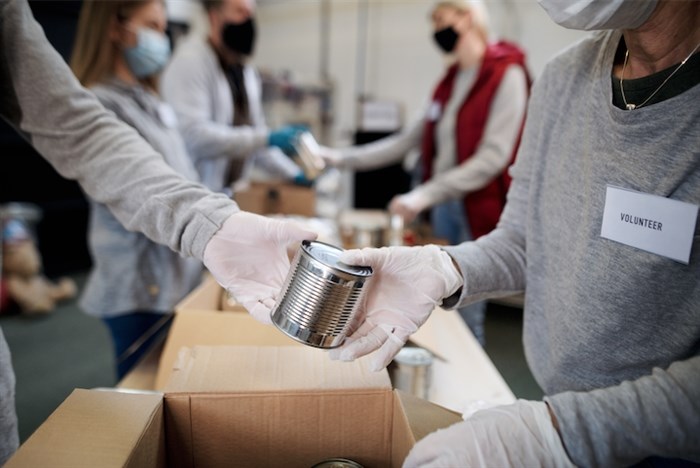
Image Credit: ADOBE STOCK
April 20, 2021 - 7:30 AM
Central Okanagan food banks are seeing demand for their services increase in the last few months compared to the same time last year.
Joy Haxton, manager of the Lake Country Food Bank, was surprised to see the addresses of those coming into the food bank lately, but doesn’t have exact numbers for the increase in recent months. The food bank has started seeing clients from The Lakes neighbourhood.
“We have a lot more people coming into the food bank that own their homes," Haxton said. “We’ve seen an uptake in working single mothers, and a very large issue we’re seeing is rent and evictions."
As houses are sold, tenants are often evicted and are faced with the high cost of rent in the Central Okanagan. Other clients at the food bank have been impacted by restaurant closures.
The average price of a one-bedroom rental is $1,417 in the Kelowna area, according to RentBoard.ca.
It's different from last year, when there was a panicked draw to the food bank because people saw empty shelves in the grocery store, Haxton said.
Food banks typically experience a dip in donations following the Christmas season but there’s still donations from businesses like Sysco Canada, Rogers and Save-On-Foods, she said, so they’re able to meet the demand.
READ MORE: Okanagan pet food bank struggling to keep up with demand in pandemic
Since January, the Central Okanagan Community Food Bank, which serves Kelowna and West Kelowna, has seen an overall increase of 23% compared to the same time last year, chief executive officer Trevor Moss said.
Last March, it served around 1,500 households and now they’re serving roughly 1,950.
“(March) was our highest month since COVID started in reference to serving families. The only other month that was close to it was December because of Christmas,” he said.
Demand for food bank services follows the waves of the pandemic and increase as restriction measures tighten.
“We had 130 people in the month of March that told us they’ve lost their jobs," Moss said
People will also access the food bank for a three-to-six month period, with 4,300 individual visits and 300 new clients in the last two months.
READ MORE: Christmas kettle campaigns in Okanagan, Kamloops doing well, despite nationwide drop in donations
The increase in food costs this year by roughly 5% has also led to demand, along with higher rental costs, Moss said. Those with hospitality and part-time jobs have been the ones most largely impacted.
It has been able to meet demand, but the biggest concern is the long-term effects of COVID-19, and when Recovery Benefits and Employment Insurance ends.
With all food banks, in January and February the giving goes down, so they hope to continue to receive the support that the community has given during COVID-19, Moss said.
To contact a reporter for this story, email Carli Berry or call 250-864-7494 or email the editor. You can also submit photos, videos or news tips to the newsroom and be entered to win a monthly prize draw.
We welcome your comments and opinions on our stories but play nice. We won't censor or delete comments unless they contain off-topic statements or links, unnecessary vulgarity, false facts, spam or obviously fake profiles. If you have any concerns about what you see in comments, email the editor in the link above.
News from © iNFOnews, 2021